When it comes to archery, many







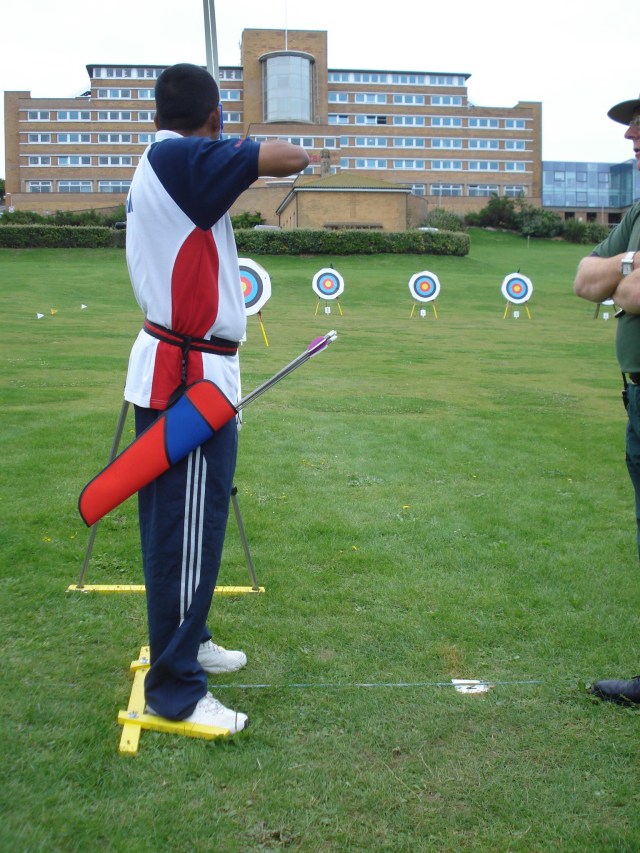

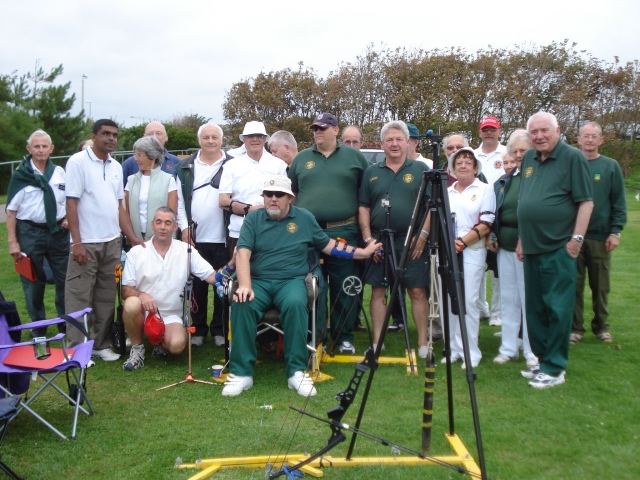






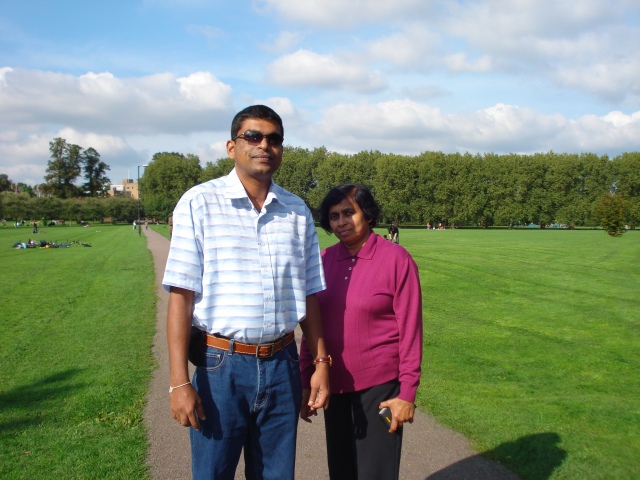



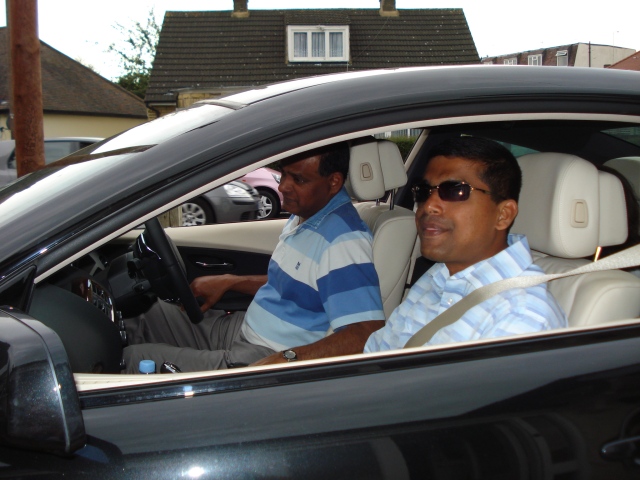
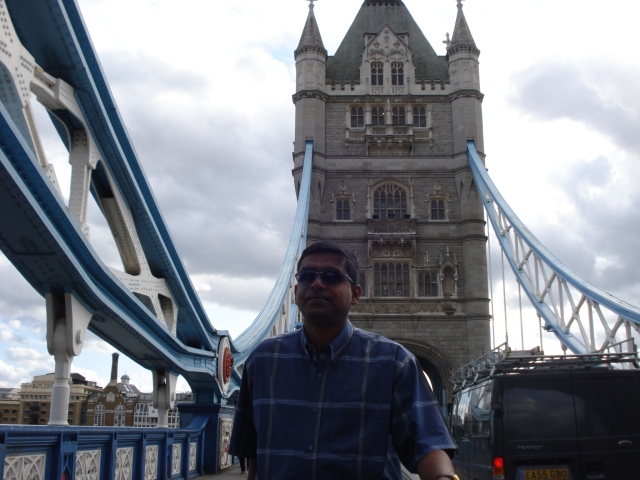


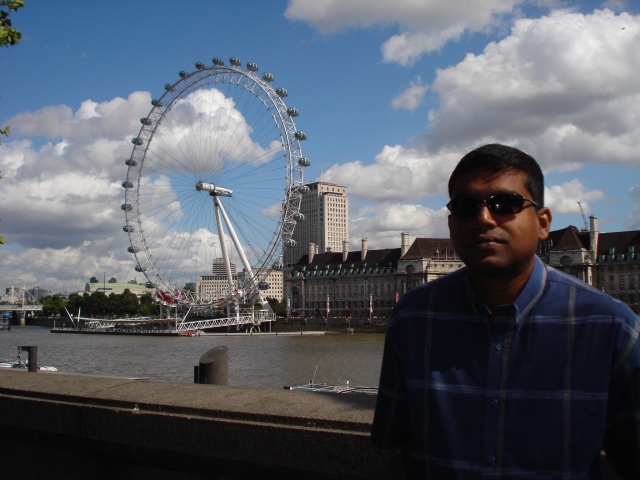
people assume that it’s a sport reserved solely for those with perfect vision. However, as a blind archer myself, I can attest that this couldn’t be further from the truth. While it’s certainly not easy, it is possible for visually impaired individuals to participate in archery with a few adaptations.
One of the biggest questions I receive is, “Can you see now?” when I mention that I do archery. The answer is a resounding “no.” But that doesn’t mean that I can’t participate in this exciting and challenging sport. In fact, blind archery is very similar to traditional archery, with just a few modifications and adjustments.
For instance, the target distance for blind archers is much closer, with a maximum shooting distance of 30 meters. Additionally, blind archers have a spotter on hand to assist with setting up adaptive equipment and reporting arrow strikes. With these adaptations in place, blind archers are able to participate in this thrilling sport and compete at a high level.
So the next time someone tells you that a blind person does archery, don’t be so quick to dismiss it. With the right adaptations and modifications, visually impaired individuals can excel in archery and prove that anything is possible with hard work and determination.
One question I frequently receive about my blind archery journey is, “How did you learn this?” It’s a fair question, and one that has an interesting backstory. In 2004, I had the opportunity to meet Captain (Rtd) Dick Lake of the Royal Navy, who was also the manager of St-Dunstan’s UK, a charity organization for blind ex-servicemen in Britain. During our conversation, I remembered reading about St-Dunstan’s blind archery program on their website, so I politely inquired if they offered archery. Captain Dick was impressed with my knowledge, skills, and attitude, and gave me his contact details, encouraging me to stay in touch.
A few months later, I received an email inviting me to an archery training session and competition at their center in Brighton, UK. I was over the moon with excitement, as I had never been to the UK and had never even traveled alone in Sri Lanka. With the help of several members of the National Paralympics Committee, I was able to make all the necessary arrangements in just a few weeks.
After arranging all the necessary details, I embarked on my journey to the UK via Doha, Qatar. It was a nerve-wracking experience for me since I had never traveled alone before. To add to my anxiety, I had to spend five hours at the Qatar airport during transit. However, the cabin crew of Qatar Airways was extremely helpful, and I even befriended an Iranian girl who assisted me throughout the journey until I was handed over to the ground staff at the airport. I also made friends with other passengers on transit to the UK, which calmed my nerves and made the journey pleasant.
Upon landing at London Heathrow, I had to remain in the cabin until a ground officer came to escort me to where a representative from St Dunstan’s was waiting. The clearing process was smooth, and I was able to collect my luggage with the help of the St Dunstan’s officer. It was about an hour and a half journey from London to Brighton, and David, the officer who accompanied me, explained everything we passed along the road, including Gatwick airport, Sussex, and Kent.
When we arrived in Brighton, Dick Lake was there to welcome me and introduce me to other officers. We had dinner together before he handed me over to another officer in the housekeeping department, allowing me to rest before meeting again the following day.
For over a century, St Dunstan’s has been committed to providing care and rehabilitation for those who have lost their vision. Founded in 1915 by Sir Arthur Pearson, the charity was established to support veterans who lost their sight during World War I. Today, St Dunstan’s Ovingdean Center in Brighton offers state-of-the-art facilities for individuals with visual and physical impairments. The five-story building, which resembles an airplane in the sky, is equipped with remarkable accessibility features. Every aspect of the center has been designed with the needs of the visually impaired in mind, from large tactile numbers on each door to handrails with raised bumpers and slight bends to indicate incoming curves or bends. The garden even features tactile markers to indicate crossroads and bench locations. During my stay at the center, I encountered many individuals who used guide dogs for mobility, but I learned that the center’s accessible facilities were so comprehensive that white canes were not necessary.
On a sunny and windy day, I joined the archers at St-Danstan’s Archery Club in the dining hall before heading out to the field. There I met Mr. David Poiner, the Chairman of the club, who introduced me to the coaches, Sue and David, and provided me with a brand-new bow and arrows. For the next ten days, I underwent extensive training from morning till evening, with two days of competitions against Sanderst Military Academy at Kimberly and another team from Headenly. While I didn’t compete with the St-Danstan’s team, I shot with them to get a feel for the competition. Although the team won, it was a sad day for me as all the archers would depart St-Dunstan’s after the archery week. I owe a debt of gratitude to Captain Dick Lake, the manager of St-Dunstan’s – Ovingdean, and Ron John, who helped me throughout my stay. In 2009, I received another opportunity to go to St-Dunstan’s for advanced training, with all expenses, including airfare, borne by the organization. During my seven weeks in the UK, I was able to travel to many areas, including Chigwell, Middlesex, Peterborough, Buckingham Palace, Westminster Abbey, and travel in the tube, and even met many Sri Lankans living there. It was truly a memorable experience, and I felt quite sad when it was time to leave.
Click folowing link to watch Dushyantha is practicing Archery at Abimansala 3 Anuradhapura.